4 Things You Should Never Do In A Front-Wheel Drive Car

1. Fail to adjust your driving style

This is a problem that is particularly prevalent in the racing world. When young drivers transition from racing rear-wheel drive (RWD) single-seaters, to front-wheel drive (FWD) touring cars, they often try to carry over their old techniques. Unfortunately, this results in slow and demoralising lap-times.
A big problem is that FWD cars are often regarded as ‘easier to drive’ than their RWD counterparts. But this is simply not the case. Unlike a RWD vehicle, you can’t use the power to adjust the attitude of the car mid-corner; in fact, more power would cause a FWD car to understeer. Instead, you need to be neat and tidy to put together a fast lap.

The best way to drive a FWD car on track is to brake deep, turn in slightly earlier than usual, trail brake - to keep weight on the front wheels - and then straighten the wheel as quickly as possible on the exit. By doing this you reduce the stress on the front tyres, allowing the car to accelerate out of the corner cleanly.
2. Fail to left foot brake
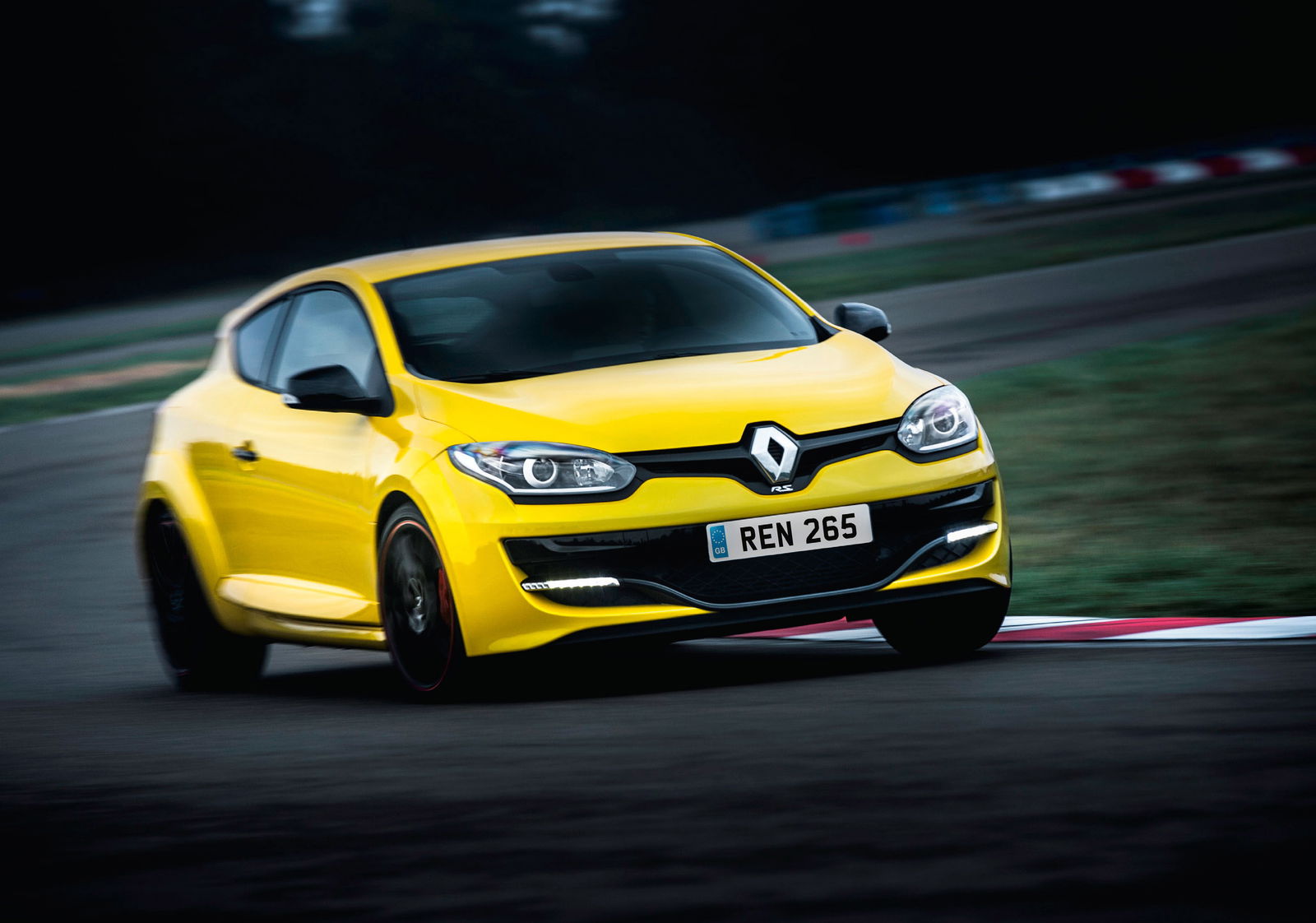
Left foot braking is absolutely vital for a quick lap time in a FWD machine. And before you write this off as a ‘track-only’ technique, it’s not. Learning how to manipulate the brake with your left foot is a skill that will help make you a smoother, quicker, and more importantly, safer driver on the public road.
Left foot braking can be used in a number of different ways so we’ll break this down into three distinct sections: entry, mid-corner and exit. On entry, you can use the technique to trail brake into the corner, basically holding the brake on as you turn in. This has the advantage of moving the weight forward, therefore increasing front-end grip. You can also use the brakes to get the car to pivot, giving you control over your angle of attack, which is vital in a FWD machine that is prone to pushing.
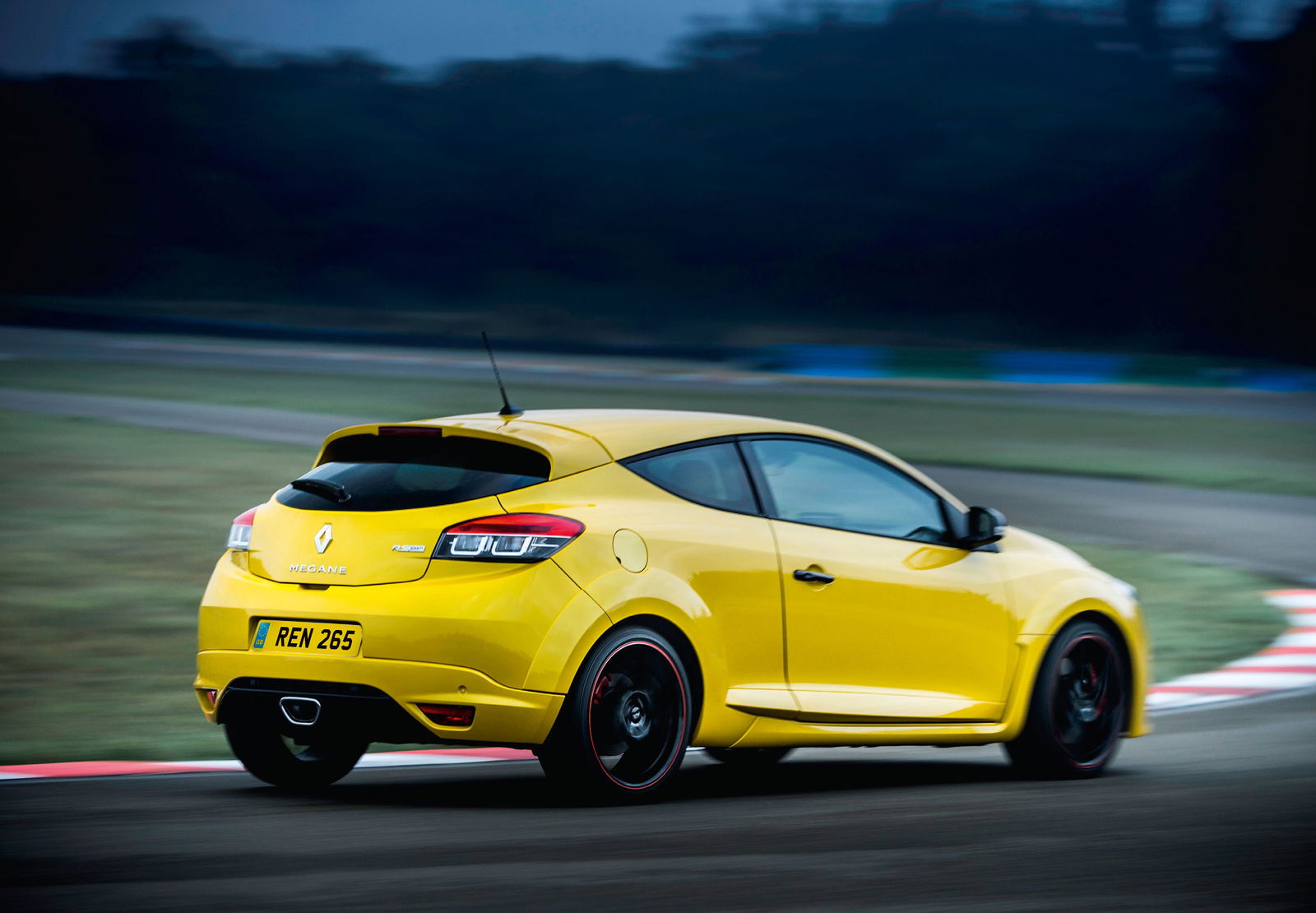
Mid-corner is where drivers lose the majority of their time by getting on the throttle too early. This can cause the car to understeer, pushing you off line - aka power understeer. To counteract this, apply some brake to bring the weight forward and increase front-end grip. This also has the effect of slowing the front wheels down which will in turn stop the car from pushing on. Think of this technique as a form of manual traction control.
Now for the exit. When you see the corner opening up you’ll want to get on the throttle as quickly as possible. However, this will cause the weight to be shifted backwards, reducing front-end traction. This often causes FWD cars to scrabble for grip. By applying some brake - especially in cars with a front differential - you can distribute the torque through the front wheels. This is because the added retardation will cause the diff to lock-up, spreading the power across the front axle. Once grip is regained and you’re in a straight line, come off the brake.
3. Claim that your FWD car can't oversteer
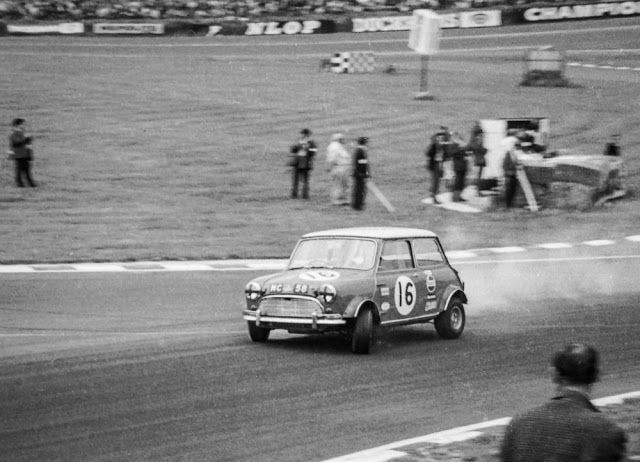
If you’re bored when driving a modern day FWD hot hatch, you’re clearly doing something wrong. Not only are they rewarding to drive quickly, they’re an absolute hoot when you have some free space to play with. Ultimately, oversteer in a FWD machine is one of the great joys of driving, even if it can feel a little strange at first.
To get a FWD car to slide, you can use one of the following techniques. The first is to use traditional lift-off oversteer. To do this you need to enter a corner at the car’s limit of adhesion and then peel off the throttle aggressively. This will pitch the vehicle’s weight forward, causing the car to transition into a slide. To catch it, turn in and get on the gas. Watch Chris Harris master this technique below…
The second approach is to use a Scandinavian flick. This technique involves turning away from the corner and then back into the corner in one quick, continuous movement. This generates instability by moving the weight to one side of the vehicle, thus causing the car to slide on turn-in; a favourite for rally drivers.
The third way to cause a FWD car to slide is to use the handbrake. This technique is the most aggressive of the three and is most appropriate for hairpin turns. Simply set the car up in a similar way to lift-off oversteer, and then yank on the handbrake. The car will come around quickly so make sure that you keep the handbrake button depressed during the slide. This will allow you to take it back off quickly at the exit of the corner.
4. Complain that FWD is wrong-wheel drive
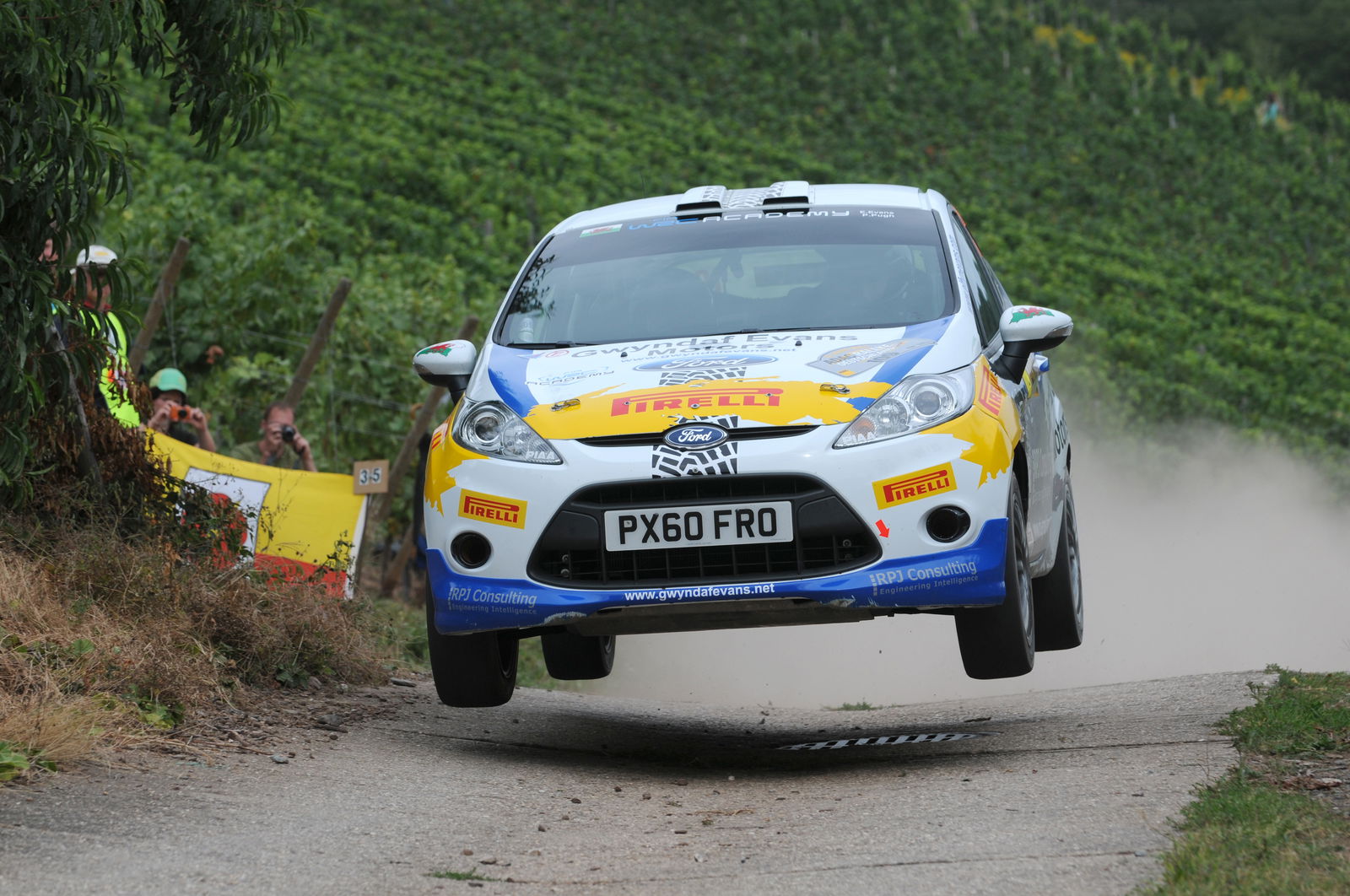
In the real-world, FWD cars are often superior to their RWD rivals. Take a bumpy and undulating country road, for example, and something like a BMW M4 would struggle to keep up with a well driven Seat Leon Cupra. Now granted, in the past, torque steer was a major problem with fast hatches, but most modern high-performance FWD machines now feature clever diffs which help get that power to the ground effectively.
FWD is also confidence inspiring. For drivers who are looking for their first performance car, you can’t go wrong with a well sorted hot hatch. They’re forgiving, you can practice a variety of driving techniques, and they tend to be good value for money. You can even secure one of the best handling cars of all time - the Honda Integra DC2 - for under £5000.
So the next time you write off a FWD car, make sure you remember these points.
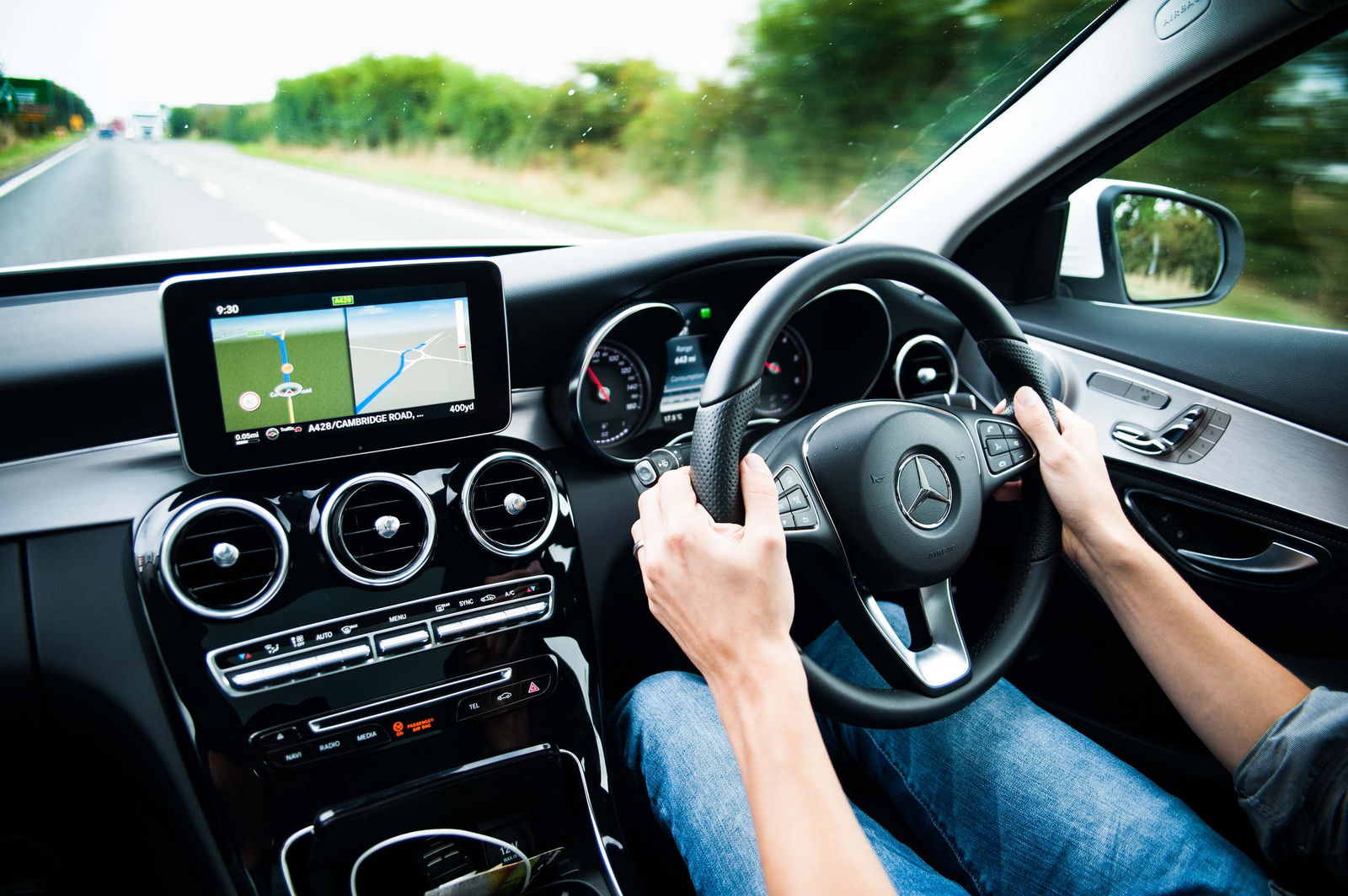
Comments
#FWDFTW
If I can drift in my Passat TDI, anyone can drift an FWD car.
Good guy Neill, drives a rwd car but doesn’t bash on fwd cars.
Looking forward to apply the left foot braking thing in my big FWD Audi 100 Turbo Avant.It’s the most powerful car I’ve owned to date, so learning to manage it might be useful.
The terrible weight distribution courtesy of the big five cylinder pressed up against the grille will make it a bit of a challenge I’m sure.
FWD!
My alfa is fwd and it is one of the best handling cars I have driven!
Or drive it backwards for instant RWD! Duh
So you’re saying FWD is the best driveline?
meanwhile, i’m here like “i’m an AWD person”
“Cars with a front differential” in a sentence talking about front wheel drive cars… right…
Pagination